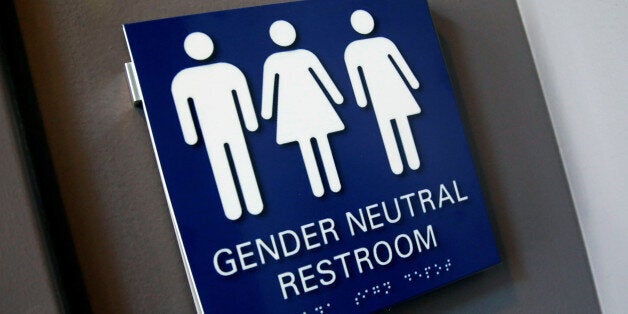
Caitlyn Jenner's appearance on the front cover of Vanity Fair was an incredible catalyst for creating broader awareness and acceptance of the many variations of gender that exist today, and this is no fleeting trend. Gender fluidity is a major social development in how people identify and express themselves and there has been a clear shift towards a friendlier, more equal and open minded attitude towards gender, whether from world politics, pop culture or brand marketing.
Amongst brands wanting to ensure that they're relevant to contemporary consumers, this is an interesting issue. However, when Facebook has 51 gender definitions you can see why companies are struggling to understand how to be relevant in this respect.
One response has been 'gender neutral marketing', stripping away traditionally masculine or feminine facets of branding and design to create universal appeal. But is this the right way forward? We think not. After all, since when did making something 'neutral' make it more appealing?
This Copenhagen beer brand is an interesting cautionary tale that shows how a gender neutral approach to design can engender a neutral response! It was launched by Carlsberg with a fanfare in 2011 as possibly the world's first gender neutral beer with a clean and contemporary look. However, the design was also devoid of any personality that consumers could connect with, whatever their gender. As a result the brand failed to ignite any interest and Carlsberg has delisted the product globally.
Interestingly, synonyms for 'neutral' include drab, wishy-washy, middle-of-the-road and indeterminate; not typically characteristics that most brands strive for. So, to our thinking, instead of slipping into neutral, brands need to go up a gear.
Everybody is uniquely special despite (or because of) gender, sexuality, age, colour or race. So instead of going down a bland route, shouldn't we be celebrating this diversity, including gender fluidity, in brand design and communications? It is the personal nuances, culture and creed that make the rich society that we enjoy today and it is the understanding and appreciation of everybody's individual stories that provide the texture, to make for a deeper connection for brands. A neutral approach does not empower gender, but celebrating people's individuality and differences does. There is absolutely nothing neutral or gender-related about an authentic positive experience that can be shared by all. Surely this is what brands should be focusing on?
In our experience of looking in particular at what makes female consumers tick, we have found that they join the dots much more easily than brands give them credit for. While bland design doesn't appeal to them, neither do 'shouty' brands with overtly 'in your face' messaging about what makes them great.
A more successful route is to take an intuitive approach to creativity. Intuitive design is mutually inclusive - not mutually exclusive - driving emotion through strong visual context. It appeals to the senses, not to a gender, to communicate what it is, what it does, how it can help, and how it makes you feel. The interesting thing that we have found, though, is that while we have been using it in particular to help brand better engage with women (who account for 85% of brand purchase decisions), it helps grab the attention of all consumers, irrespective of gender. It seems that we have all become increasingly sophisticated customers and we respond well to triggers that push our emotional buttons rather than our gender ones.
The intuitive approach is one that has been adopted by a number of brands who have successfully created products and branding that have universal appeal e.g. Mini, Apple, Absolut Vodka, Method household cleaners, Aesop toiletries, Diesel and Dorset Cereals. These all use fantastic design that, on face value, looks very simple. However, they actually use a rich layering of subtle cues, authentic brand stories, bold imagery and a high level of detail, along with ergonomic product design - all of which has been informed by consumer insight that looks beyond what people are doing, focusing on why they are doing it. By using a more emotive style, these brands transcend gender.
After all, great design can talk to anyone.